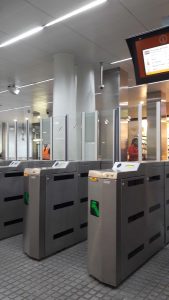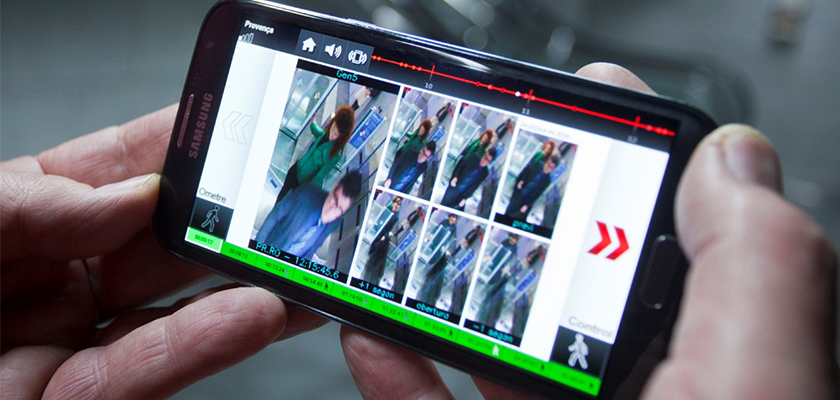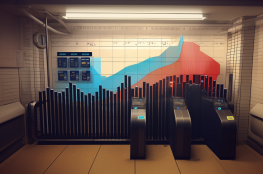Fare evasion is the unlawful act of traveling in public transport without paying for the trip. It is a corrosive problem in many public transit systems around the world, causing feelings of unfairness and insecurity among paying passengers, and financial losses worth billions of dollars yearly.
Some metro and commuter train operators deploy mass ticket inspections to control fare evasion. Others combine ticket inspections with fare gates at entrance and exit points. These are reasonably effective measures, but have a major weakness: they still have a relatively high error margin rate.
Currently there are some systems on the market that can detect fare evasion at the access gates. Nevertheless, they have not been successfully applied to apprehend offenders on rail networks.
Awaait Artificial Intelligence has developed the TRAINSFARE project as a solution to this problem, with funding support from the European Commission through an H2020 SME Instrument grant.
The solution behind TRAINSFARE

TRAINSFARE tackles fare evasion on public transport via DETECTOR, the automatic real-time video analytics software that uses Artificial Intelligence-Machine Learning algorithms to detect anomalies, and notify security agents or inspectors when detecting fraud.
It works by analysing video streams from cameras placed above the ticket barriers, which monitor the ticket validation process. When fare infraction is detected, ticket inspectors receive an alert within 3 seconds with a sequence of images on their smartphones through an application developed by Awaait. This enables them to react rapidly and intercept offenders before they reach the platform.
The system also feeds back the outcome of each inspection so that other inspectors can see it in real-time, allowing for coordinated ticket control interventions.
In comparison to traditional mass controls, DETECTOR allows precise and selective controls. This leads to a drastic drop of checks on paying passengers, and allows for organising leaner, faster and more efficient ticket control teams. Overall, the system allows to keep mobility and passenger flow continuous, reduce fare evasion and in turn, improve the economic sustainability of public transport.
Learn more about DETECTOR here.



